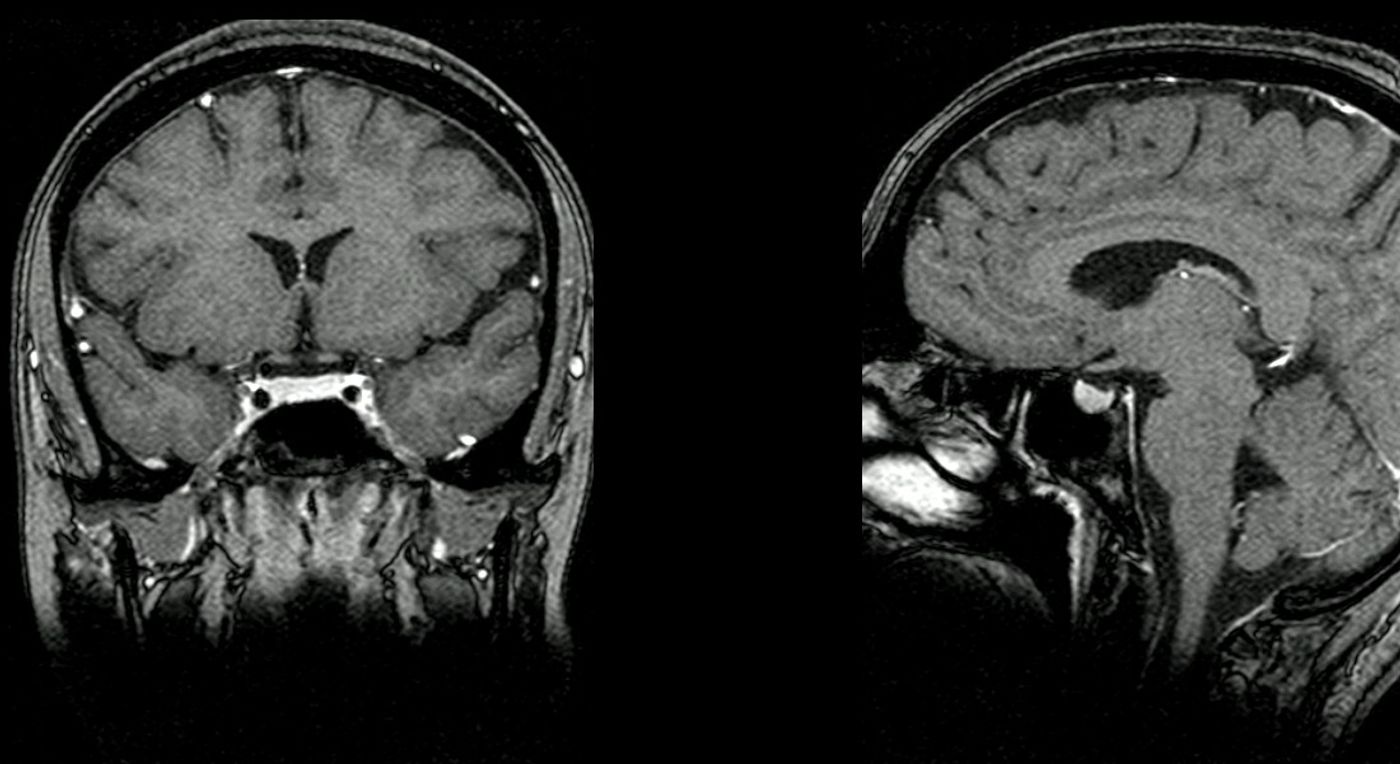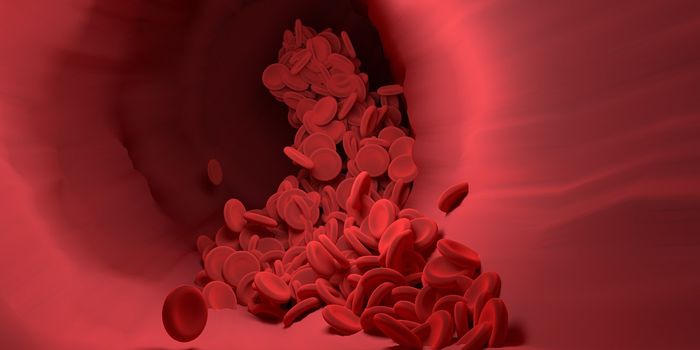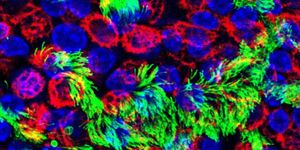Sex Differences in the Brains of Antisocial Adolescents
A new study suggests that sex differences should be taken into account when determining treatments for severe antisocial behavior. The study used magnetic resonance imaging (MRI) to assess the brains of over 200 teenagers; it was reported in Journal of the American Academy of Child and Adolescent Psychiatry. Learn more about the research from the following video.
Scientists at the University of Bath (UK) and other universities in Europe looked at the differences in the brains of 104 normal kids aged 14 - 18, and 96 adolescents of the same age that had been diagnosed with conduct disorder (CD). They found that the area of the brain responsible for making decisions, controlling impulses, and making long-term plans, the prefrontal cortex, was thinner in both boys and girls with CD compared to kids without CD. In more severe cases of the disorder, the abnormalities in the brain structure were more pronounced.
The investigators also found that the structural problems in girls and boys with CD were different. Some regions of the cortex were thinner in boys with CD, while those regions were thicker in girls with CD. That suggests that the causes of CD may be different in males and females.
"Our results indicate that the development of the brain is disrupted in boys and girls with severe antisocial behavior. These findings suggest that the causes of severe antisocial behavior, and particularly the biological basis of these behaviors, may differ between boys and girls,” explained the senior author of the work, Dr. Graeme Fairchild of the University of Bath's Department of Psychology. “This could lead to the development of sex-specific treatments or prevention programs for at-risk young people."
CD is not well defined or understood; it may be under-diagnosed and by extension, untreated. Some estimates suggest five percent of school age children are affected, and it is also thought to be more common in boys than girls. Other research has indicated that about half of the individuals who are affected by CD in childhood go on to have very serious antisocial problems or become criminals as adults.
There are limited treatment options; they rely on family dynamics because the condition is often associated with dysfunctional families. While these treatment programs have potential, the researchers stressed that they are not easily available, and might not be addressing the root problems for those individuals that can participate. While Ritalin is sometimes prescribed, there is not a defined CD drug treatment.
"We hope that our findings will prompt other researchers to consider possible sex differences in future studies of antisocial behavior and other disorders that are more common in boys, such as ADHD. Our findings may also have practical implications for treatment or prevention programs,” said lead author Dr. Areti Smaragdi of the Center for Addiction and Mental Health in Toronto, Canada.
Sources: Science Daily via University of Bath, Journal of the American Academy of Child and Adolescent Psychiatry









